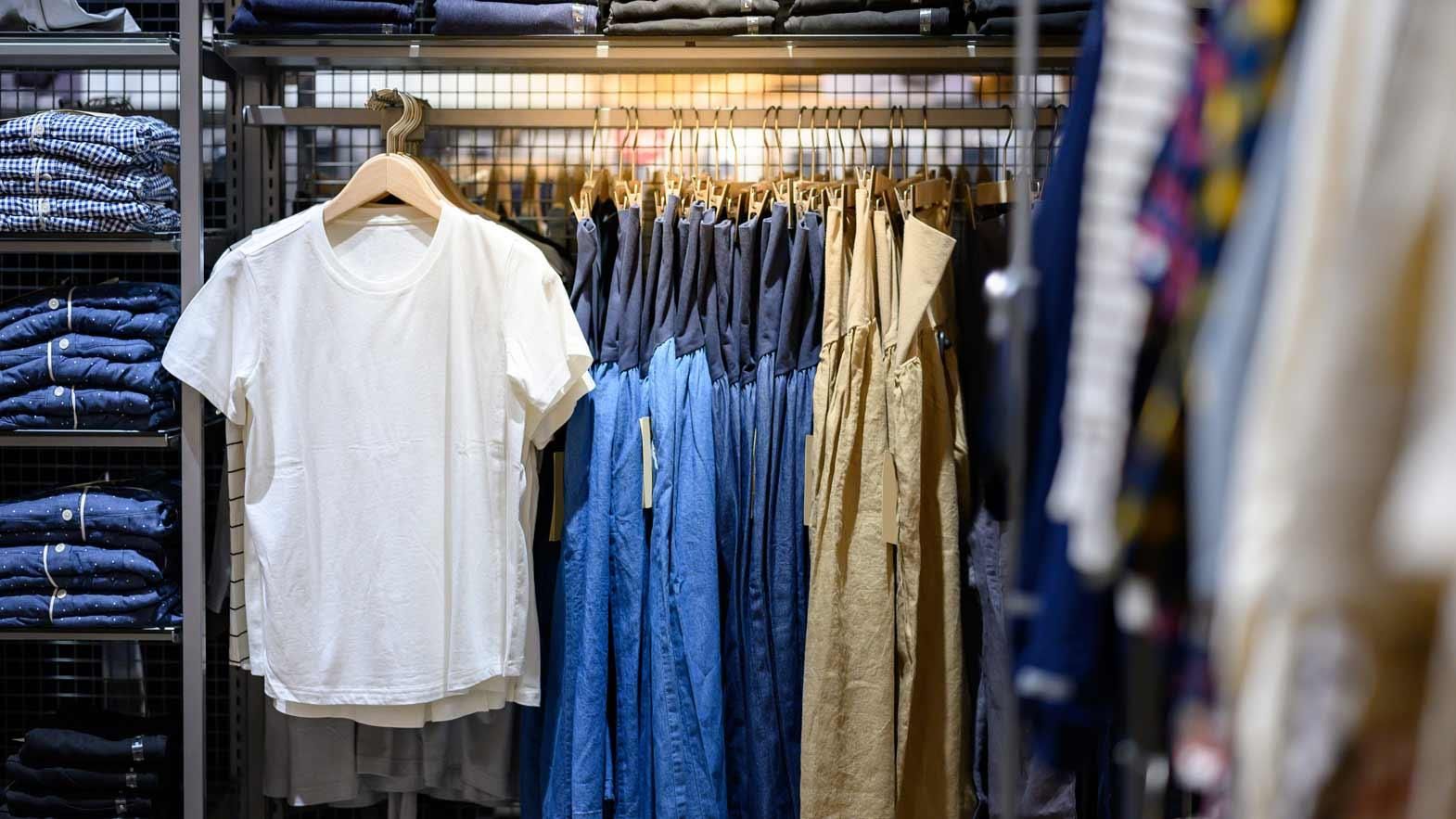The member countries of WTO are negotiating on the modalities of tariff cuts for Textile & Clothing sector under the Non-Agricultural Market Access Negotiations (NAMA) as envisaged in the Doha Development Agenda. Even the SWISS formula has already been accepted by the members for the tariff cuts. But differences have been persisting on the co-efficients to be applied for the developed and developing countries. This paper tried to analyse the impact of different co-efficients proposed by the member countries on the T & C sector of India by applying extensive data simulation exercise. The paper has also analysed the impact of other major proposals like Paragraph 8 of flexibilities, treatment of unbound tariffs and trade effects of tariff cut on India. We also examine the impact of the tariffcut on the on applied duties and government revenue under NAMA negotiations,for each of the six-digit level lines of the Harmonized System classification(HS-6 level).
Introduction:
The trade on Textiles and Clothings (T&C) has significantly benefited the producing countries in thepost ATC regime due to phasing out of quota. India being a major producer and exporter of T&C has also been benefited. The export trend of the sector during the last five years has indicated an increasing trend during the entire period except 2009.The reasons for such an exception needs to be explored but presumed to have happened on account of the 2008 global financial crisis.








Comments